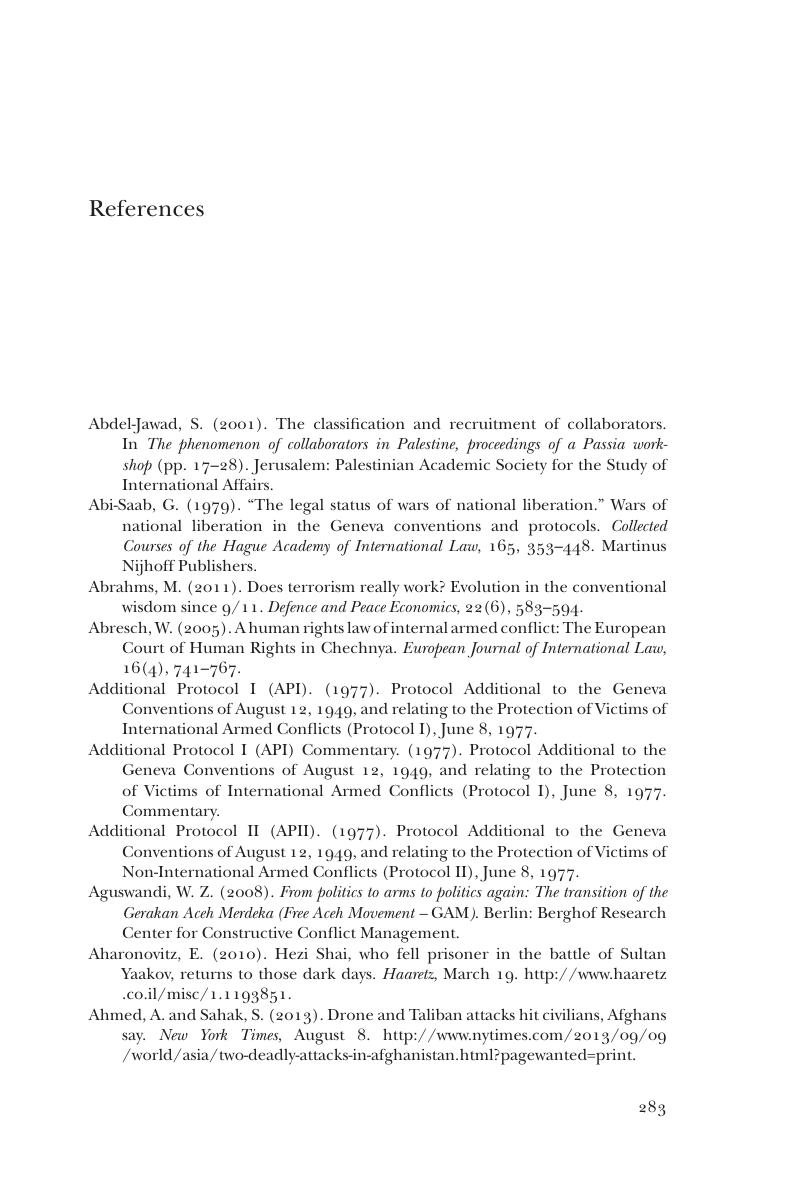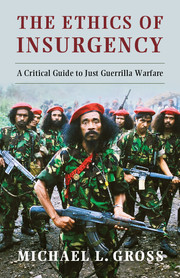References
Published online by Cambridge University Press: 18 December 2014
Summary

- Type
- Chapter
- Information
- The Ethics of InsurgencyA Critical Guide to Just Guerrilla Warfare, pp. 283 - 314Publisher: Cambridge University PressPrint publication year: 2015



